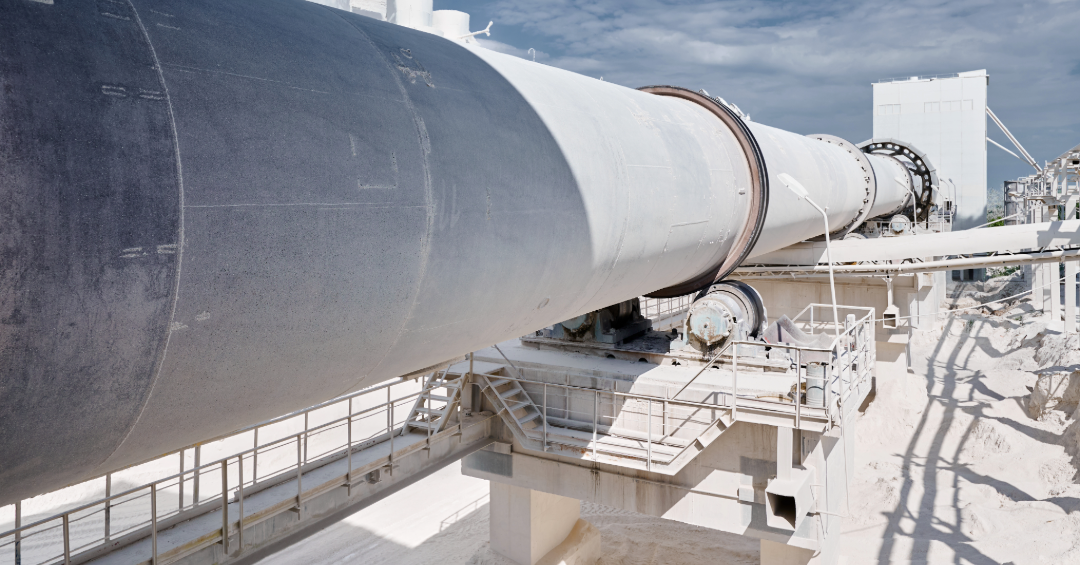Who’s Right About CO₂? Cement’s “Climate Fix” vs. DOE’s Reality Check

Back in 2011, the cement industry told us portland-limestone cement (PLC) was no risk. The updated State of the Art Report 2024 walks that back. Now it admits PLC can have higher carbonation, chloride ingress, and admixture sensitivity—but don’t worry, all that can supposedly be “managed.” The payoff, we’re told, is that PLC is a key solution to reduce carbon emissions and help fight climate change.
That all sounds noble until you read the DOE’s Critical Review of Impacts of GHG Emissions on the U.S. Climate, published in 2025. This report doesn’t exactly toe the same line. In fact, it questions whether cutting CO₂ in the U.S. has the sweeping impact we’ve been led to believe. According to DOE, the role of human CO₂ in driving climate change is “challenged by natural variability, data limitations, and model deficiencies.” In plain language: the science isn’t nearly as settled as the marketing.
The cement report leans on the climate crisis narrative. Cut CO₂, prevent worsening disasters, justify a wholesale change in cement. But DOE’s review points out that most extreme weather in the U.S. doesn’t show long-term worsening trends. Hurricanes, tornadoes, floods, and droughts—the data doesn’t back up the story we keep hearing. When it comes to sea level rise, the cement report assumes emissions reductions are the only way to slow the water down. The DOE shows tide gauges tell a different story: no clear acceleration beyond historical rates, and much of the variation is due to land subsidence, not melting ice caps.
Even the economics don’t line up. The cement report pushes PLC primarily because of carbon, even though contractors know it’s less forgiving than the Type I/II we’ve used for decades. DOE warns that aggressive carbon-cutting policies could be more damaging to the economy than the climate itself. That’s a serious disconnect.
So where does this leave us in construction? PLC wasn’t sold to us as better concrete. It was sold as less carbon. The industry wrapped itself around that argument, but the field experience shows tighter margins of error, more sensitivity, and more headaches. Meanwhile, the DOE is saying the climate payoff may not even be measurable. That raises the bigger question: if carbon wasn’t the headline, would PLC have ever made it off the shelf? Or would we still be grinding clinker and pouring the same mixes that built America?
This isn’t just a concrete issue. It’s an industry-wide issue. If the “climate cure” doesn’t line up with the data, what exactly are we buying into? And at what cost?











